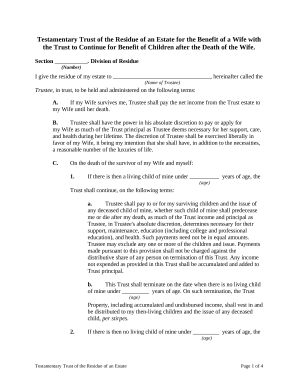
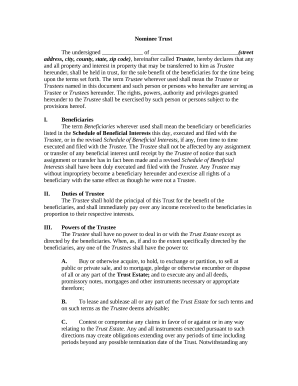


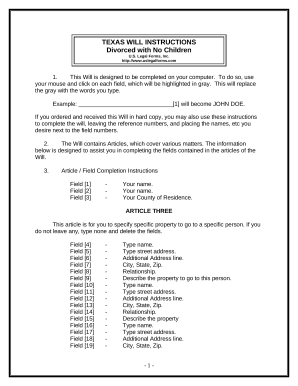


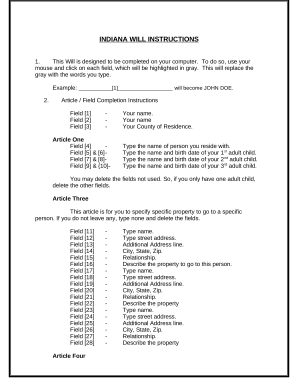
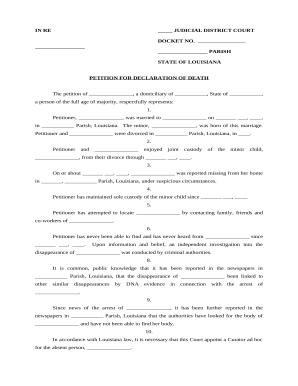
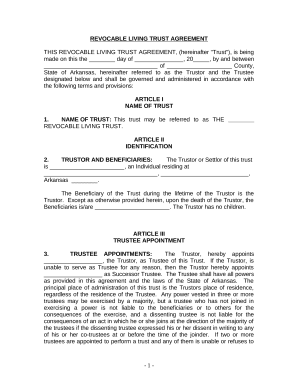



Record management consumes to half of your business hours. With DocHub, you can easily reclaim your time and effort and increase your team's efficiency. Access Wills & Probate collection and check out all templates related to your day-to-day workflows.
Effortlessly use Wills & Probate:
Boost your day-to-day file management with the Wills & Probate. Get your free DocHub profile right now to explore all templates.